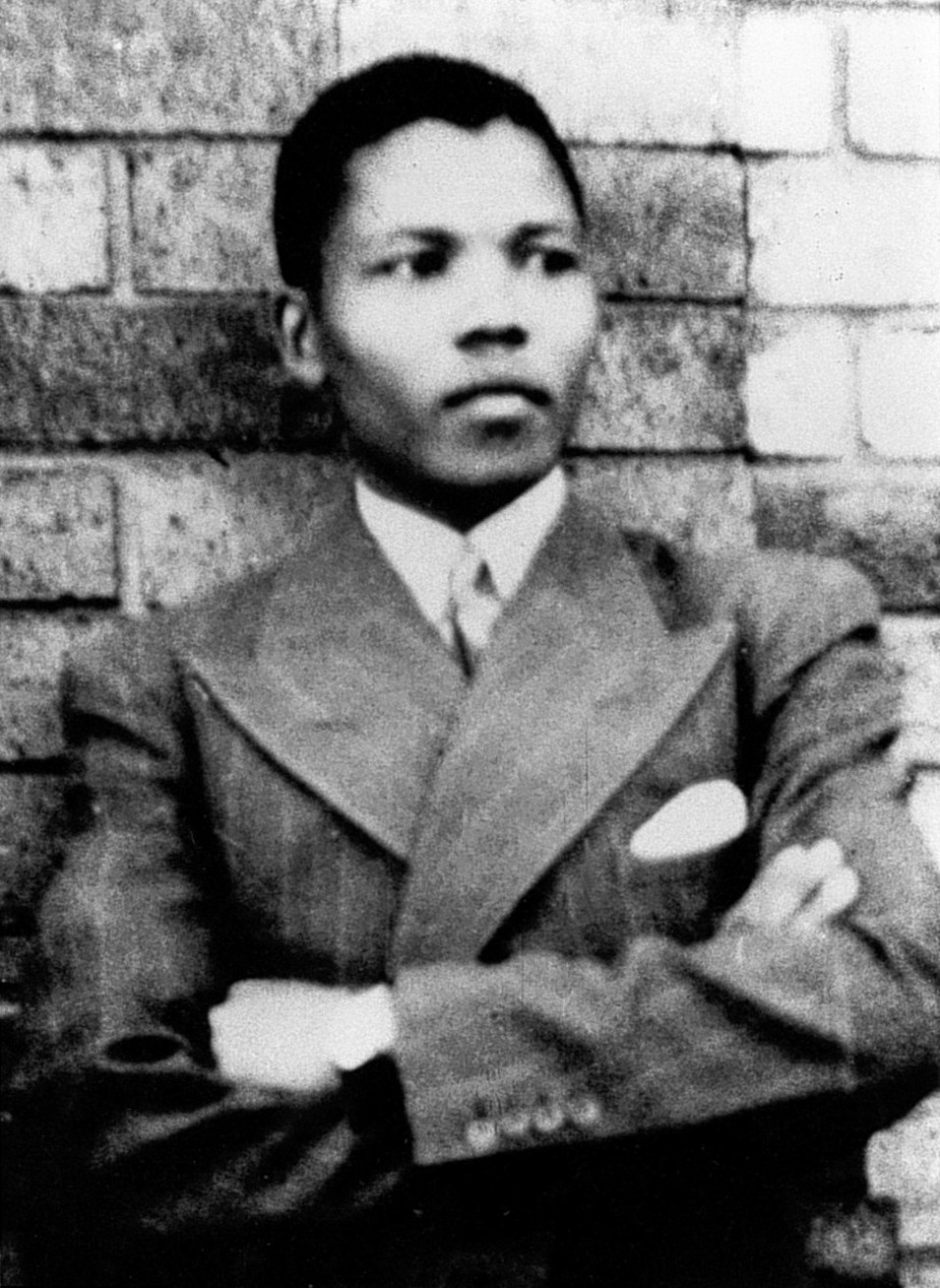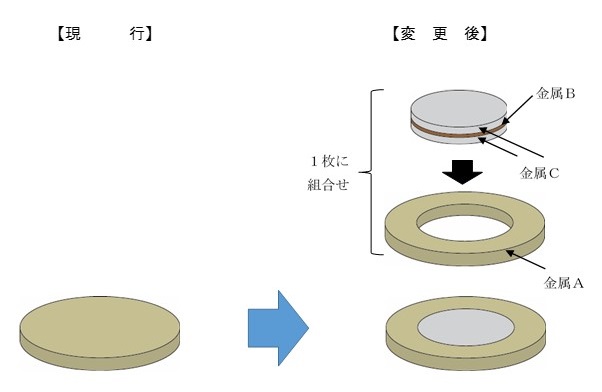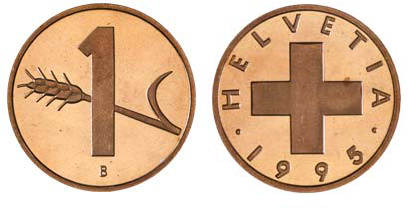|
Coins Of The South African Rand
The coins of the South African rand are part of the physical form of South Africa's currency, the South African rand. 1961–1964 The rand was introduced in the then Union of South Africa on 14 February 1961, shortly before the establishment of the Republic on 31 May 1961. The rand replaced the pound with a decimal currency: 100 cents (100c) = 1 rand (R1), 1 rand being valued at 10 shillings and 1 cent at 1.2 pence. The coins bore the forward-facing portrait of Jan van Riebeeck on the obverse. The initial circulation coins of the Republic were the following: * cent (approximately replaced d) *1 cent (approximately replaced 1d) *2 cents (replaced 3d) - nicknamed '' Tickey'', being the smallest in size coin *5 cents (replaced 6d) *10 cents (replaced 1/-) *20 cents (replaced 2/-) *50 cents (replaced 5/-) The coins initially had the same size as the former South African coins. All except the and 1 cent coins were in silver. The previous South African farthing coin (d) a ... [...More Info...] [...Related Items...] OR: [Wikipedia] [Google] [Baidu] |
South Africa
South Africa, officially the Republic of South Africa (RSA), is the southernmost country in Africa. It is bounded to the south by of coastline that stretch along the South Atlantic and Indian Oceans; to the north by the neighbouring countries of Namibia, Botswana, and Zimbabwe; and to the east and northeast by Mozambique and Eswatini. It also completely enclaves the country Lesotho. It is the southernmost country on the mainland of the Old World, and the second-most populous country located entirely south of the equator, after Tanzania. South Africa is a biodiversity hotspot, with unique biomes, plant and animal life. With over 60 million people, the country is the world's 24th-most populous nation and covers an area of . South Africa has three capital cities, with the executive, judicial and legislative branches of government based in Pretoria, Bloemfontein, and Cape Town respectively. The largest city is Johannesburg. About 80% of the population are Black South Afri ... [...More Info...] [...Related Items...] OR: [Wikipedia] [Google] [Baidu] |
Coert Steynberg
Coert Steynberg (7 January 1905 – 28 July 1982) was a renowned South African sculptor, and medallist, who worked in stone, marble, bronze, copper and wood. His work is represented nationwide and internationally, including a statue of Bartholomew Dias in South Africa House in London, a monument to Andries Pretorius in Graaff-Reinet, and the Peace of Vereeniging monument in Vereeniging. He was the son of Johannes Lodewikus and Magdalena Susanna (Née Hamman). He married Elizabeth Johanna Maria Bosman. Steynberg is best known for sculpting a statue of Paul Kruger, found at the Kruger-gate, Kruger National Park. His most famous coin design is the pronking springbok on all gold Krugerrands. The springbok design was reused on the 5 shilling and 50 cents crowns from 1947 to 1964, the gold 1/2 Pound and 1 Pound coins of the 1952-60 issues, the gold 1 Rand and 2 Rand of the 1961-83 issues, and on the Krugerrand medal-coin Non-circulating legal tender (NCLT) refers to coins that are ... [...More Info...] [...Related Items...] OR: [Wikipedia] [Google] [Baidu] |
Griqua Town
Griekwastad is a country town in South Africa. It is sometimes still called Griquatown (the meaning of the town's name in Afrikaans), a name which is now considered historical. The town is in the Northern Cape Province of South Africa by road west from the city of Kimberley. It was the first town to be established in the country north of the Orange River. History In 1801 William Anderson and Cornelius Kramer, of the London Missionary Society, established a station among the Griqua at ''Leeuwenkuil''. The site proved too arid for cultivation. In about 1805 they moved the station to another spring further up the valley and called it ''Klaarwater''. Their second choice was little better than their first, and for many years a lack of water prevented any further development. The name of the settlement was changed later to Griquatown or ''Griekwastad'' in Afrikaans. They lived among a mixed nomadic community of the Chaguriqua tribe and "bastaards" (people of mixed origin) from Piket ... [...More Info...] [...Related Items...] OR: [Wikipedia] [Google] [Baidu] |
Griqua Coinage
The Griqua coinage was the first community coinage in South Africa and was introduced by the London Missionary Society. History of Griquatown Griquatown is situated in the Northern Cape Province of South Africa. The town, formerly named Klaarwater, was established in April 1805 by missionary William Anderson of the London Missionary Society. The Griqua, a racially and culturally mixed group, descended mainly from intermarriage and sexual relationships between indigenous Khoikhoi, slave mothers and European male colonists. They referred to themselves as Bastaards amongst others. A group of Bastaards, persuaded by the missionaries, settled at Klaarwater. During his visit to the town on 7 August 1813 John Campbell, a Director of the London Missionary Society thought the name Bastaards to be offensive. Campbell suggested they adopt the name of Griqua, a corruption of the name of theiChariGuriQuaancestors. During the same meeting the name Klaarwater was changed to Griqua Town. Po ... [...More Info...] [...Related Items...] OR: [Wikipedia] [Google] [Baidu] |
Nelson Mandela
Nelson Rolihlahla Mandela (; ; 18 July 1918 – 5 December 2013) was a South African Internal resistance to apartheid, anti-apartheid activist who served as the President of South Africa, first president of South Africa from 1994 to 1999. He was the country's first black head of state and the first elected in a Universal suffrage, fully representative democratic election. Presidency of Nelson Mandela, His government focused on dismantling the legacy of apartheid by fostering racial Conflict resolution, reconciliation. Ideologically an African nationalist and African socialism, socialist, he served as the president of the African National Congress (ANC) party from 1991 to 1997. A Xhosa people, Xhosa, Mandela was born into the Thembu people, Thembu royal family in Mvezo, Union of South Africa. He studied law at the University of Fort Hare and the University of Witwatersrand before working as a lawyer in Johannesburg. There he became involved in anti-colonial and African ... [...More Info...] [...Related Items...] OR: [Wikipedia] [Google] [Baidu] |
Bi-metallic Coins
Bi-metallic coins are coins consisting of two (''bi-'') metals or alloys, generally arranged with an outer ring around a contrasting center. Common circulating examples include the €1, €2, United Kingdom £1 and £2, Canadian $2, South Africa R5, Turkish 1 lira and 50 kurus, Indian ₹10 and ₹20, IDR 1K, 2 and 5 PLN, 50 CZK, 100 and 200 HUF, 1 and 2 BGN, Hong Kong $10, Argentine $1 and $2, Brazilian R$1, Chilean $100 and $500, Colombian $500 and $1000, and all Mexican coins of $1 or higher denomination. History Bi-metallic coins and medals have been issued for a long time. The Roman Empire issued special-occasion, large medallions with a center of bronze or copper and an outer ring of orichalcum, starting with the reign of Hadrian. Meanwhile, circulating bi-metallic coins are known from the 17th century. English farthings from 1684 through 1693 were made of tin with a central plug of copper for value. The silver-center cent pattern produced by the Un ... [...More Info...] [...Related Items...] OR: [Wikipedia] [Google] [Baidu] |
Withdrawal Of Low-denomination Coins
The withdrawal of a country's lowest-denomination coins from circulation (usually a one- cent coin or equivalent) may either be through a decision to remove the coins from circulation, or simply through ceasing minting. Reasons This withdrawal may be due to the high cost of production, since the coin may be worth less than its cost of production. For example, when Canada phased out its penny in 2012, its production cost was 1.6 cents per penny. Other reasons include low purchasing power and low utility. Often coins are withdrawn after their purchasing power has been eroded after decades of inflation. In Switzerland, the 1 Rappen coin had fallen into disuse by the early 1980s, but was still produced until 2006, albeit in ever decreasing quantities. Conversely, the British Treasury department initially argued for the retention of the ''decimal'' halfpenny, on the grounds that its withdrawal would drive up inflation. In some countries, such as New Zealand, withdrawn coins are decla ... [...More Info...] [...Related Items...] OR: [Wikipedia] [Google] [Baidu] |
South Africa 2006 Circulating Coins
South is one of the cardinal directions or compass points. The direction is the opposite of north and is perpendicular to both east and west. Etymology The word ''south'' comes from Old English ''sūþ'', from earlier Proto-Germanic ''*sunþaz'' ("south"), possibly related to the same Proto-Indo-European root that the word ''sun'' derived from. Some languages describe south in the same way, from the fact that it is the direction of the sun at noon (in the Northern Hemisphere), like Latin meridies 'noon, south' (from medius 'middle' + dies 'day', cf English meridional), while others describe south as the right-hand side of the rising sun, like Biblical Hebrew תֵּימָן teiman 'south' from יָמִין yamin 'right', Aramaic תַּימנַא taymna from יָמִין yamin 'right' and Syriac ܬܰܝܡܢܳܐ taymna from ܝܰܡܝܺܢܳܐ yamina (hence the name of Yemen, the land to the south/right of the Levant). Navigation By convention, the ''bottom or down-facing side'' of a ... [...More Info...] [...Related Items...] OR: [Wikipedia] [Google] [Baidu] |
Krugerrand
The Krugerrand (; ) is a South African coin, first minted on 3 July 1967 to help market South African gold and produced by Rand Refinery and the South African Mint. The name is a compound of ''Paul Kruger'', the former President of the South African Republic (depicted on the obverse), and ''rand'', the South African unit of currency. On the reverse side of the Krugerrand is a pronking springbok, South Africa's national animal. By 1980 the Krugerrand accounted for more than 90% of the global gold coin market and was the number one choice for investors buying gold. However, during the 1980s and 1990s, Krugerrands fell out of favor as some western countries forbade import of the Krugerrand because of its association with the apartheid government of South Africa.Bob Secter (02 Oct 1985Reagan Bans Imports of S. Africa Krugerrand The Los Angeles Times, accessed 28 June 2018 Although gold Krugerrand coins have no face value, they are considered legal tender in South Africa by the Sou ... [...More Info...] [...Related Items...] OR: [Wikipedia] [Google] [Baidu] |
State Presidents Of South Africa
The State President of the Republic of South Africa ( af, Staatspresident) was the head of state of South Africa from 1961 to 1994. The office was established when the country became a republic on 31 May 1961, albeit, outside the Commonwealth of Nations, and Queen Elizabeth II ceased to be Queen of South Africa. The position of Governor-General of South Africa was accordingly abolished. From 1961 to 1984, the post was largely ceremonial. After constitutional reforms enacted in 1983 and taking effect in 1984, the State President became an executive post, and its holder was both head of state and head of government. The State President was appointed by both Houses of the Parliament of South Africa (Senate of South Africa and the House of Assembly of South Africa) in the form of an electoral college. The office was abolished in 1994, with the end of Apartheid and the transition to democratic majority rule. Since then, the head of state and head of government is known simply a ... [...More Info...] [...Related Items...] OR: [Wikipedia] [Google] [Baidu] |
Nickel
Nickel is a chemical element with symbol Ni and atomic number 28. It is a silvery-white lustrous metal with a slight golden tinge. Nickel is a hard and ductile transition metal. Pure nickel is chemically reactive but large pieces are slow to react with air under standard conditions because a passivation layer of nickel oxide forms on the surface that prevents further corrosion. Even so, pure native nickel is found in Earth's crust only in tiny amounts, usually in ultramafic rocks, and in the interiors of larger nickel–iron meteorites that were not exposed to oxygen when outside Earth's atmosphere. Meteoric nickel is found in combination with iron, a reflection of the origin of those elements as major end products of supernova nucleosynthesis. An iron–nickel mixture is thought to compose Earth's outer and inner cores. Use of nickel (as natural meteoric nickel–iron alloy) has been traced as far back as 3500 BCE. Nickel was first isolated and classified as an e ... [...More Info...] [...Related Items...] OR: [Wikipedia] [Google] [Baidu] |







